Kiribati year 1991 WWF Sea Fishes FDC set
Kiribati, an island nation in the central Pacific Ocean, is home to a rich and diverse marine ecosystem. The sea fishes of Kiribati are an integral part of the local environment and culture. Here are some key points about the sea fishes found in Kiribati:
Common Species
- Reef Fishes:
- Parrotfish (Scaridae): Known for their vibrant colors and beak-like teeth used to scrape algae from coral.
- Butterflyfish (Chaetodontidae): Small, brightly colored fish often found near coral reefs.
- Angelfish (Pomacanthidae): Characterized by their bright colors and distinct patterns.
- Pelagic Fishes:
- Tuna (Thunnus): Includes species like Yellowfin, Skipjack, and Bigeye Tuna, which are important for both local consumption and export.
- Mahi-Mahi (Coryphaena hippurus): Known for their dazzling colors and fast swimming speeds.
- Wahoo (Acanthocybium solandri): A prized game fish known for its speed and high-quality flesh.
- Predatory Fishes:
- Sharks: Various species such as the Blacktip Reef Shark (Carcharhinus melanopterus) and the Grey Reef Shark (Carcharhinus amblyrhynchos) are common.
- Barracuda (Sphyraena): Recognizable by their elongated bodies and fearsome appearance.
Habitat and Ecology
- Coral Reefs: The coral reefs around Kiribati are teeming with life, providing shelter and feeding grounds for numerous fish species.
- Lagoon and Coastal Areas: Shallow lagoons and coastal regions are rich in smaller fish and invertebrates, supporting a diverse food web.
- Open Ocean: The pelagic zones around Kiribati are frequented by larger, migratory species like tuna and billfish.
Economic and Cultural Importance
- Fishing Industry: Fishing is a major economic activity in Kiribati. Tuna fishing, in particular, is crucial for the economy, with both local artisanal fisheries and large-scale commercial operations.
- Subsistence Fishing: Many communities rely on traditional fishing methods to provide food and sustain their livelihoods.
- Cultural Significance: Fish are an important part of Kiribati culture, featuring prominently in traditional diets, folklore, and community events.
Conservation and Challenges
- Overfishing: Unsustainable fishing practices, particularly in the tuna fisheries, pose a significant threat to fish populations.
- Climate Change: Rising sea temperatures and ocean acidification impact coral reefs and fish habitats, leading to shifts in species distribution and health.
- Marine Protected Areas: Efforts are being made to establish marine protected areas (MPAs) to conserve critical habitats and ensure sustainable fisheries.
Notable Conservation Efforts
- Phoenix Islands Protected Area (PIPA): One of the largest marine protected areas in the world, PIPA is a UNESCO World Heritage Site that aims to protect the rich biodiversity of the region.
- Community-Based Management: Local communities are increasingly involved in managing their marine resources through traditional practices and modern conservation techniques.
Understanding and protecting the diverse marine life of Kiribati is crucial for sustaining its environment, economy, and cultural heritage. Conservation efforts must balance ecological preservation with the needs and traditions of local communities.

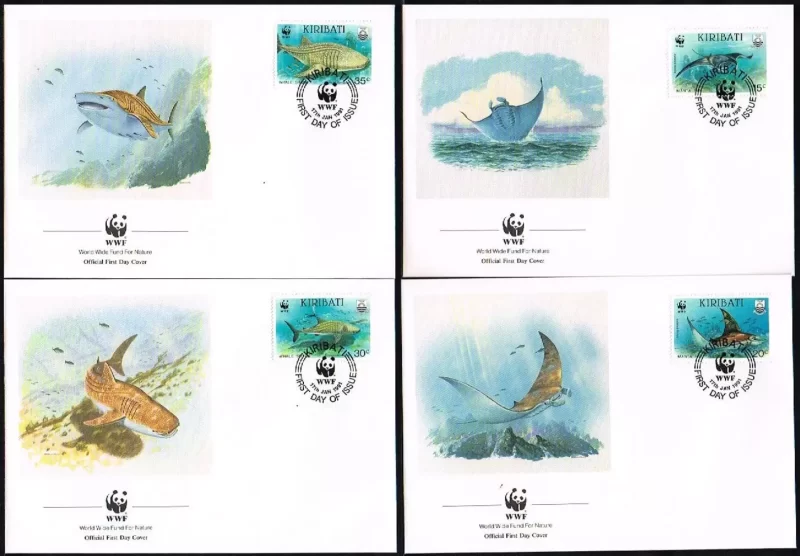
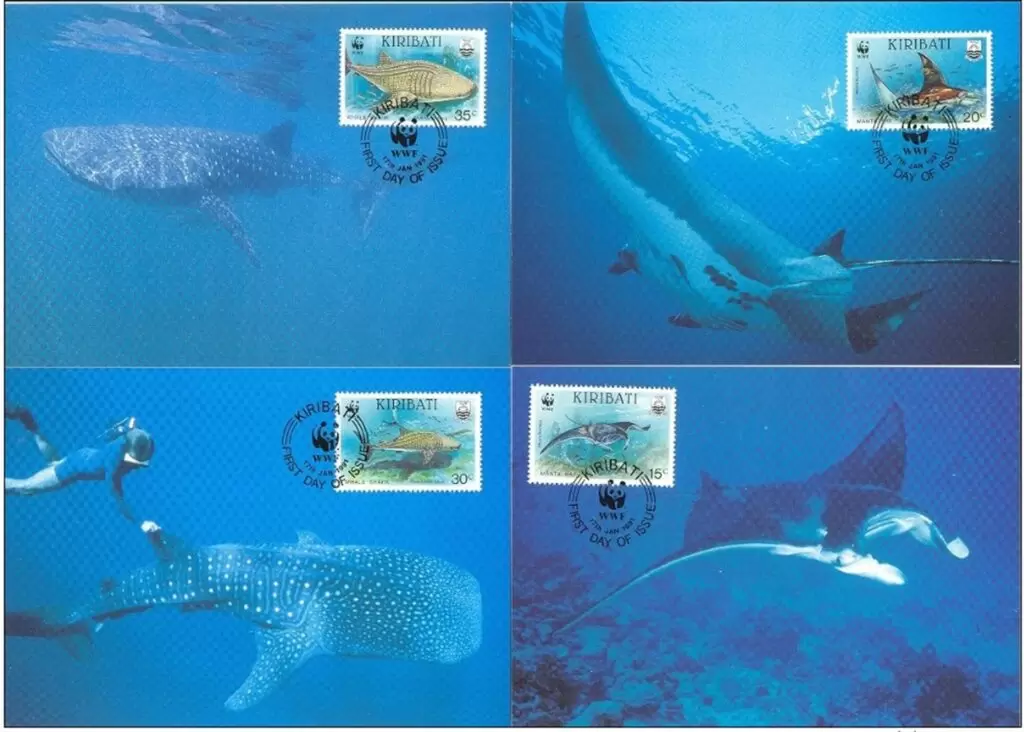
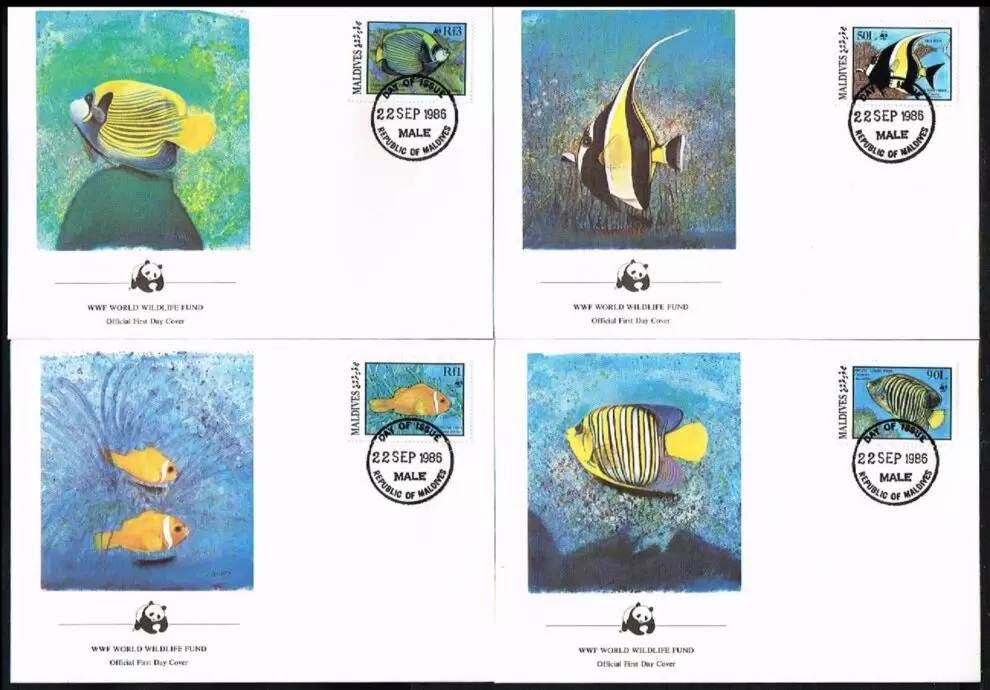
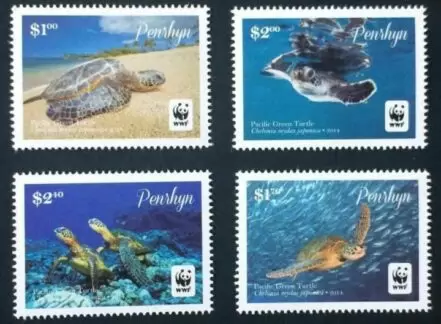



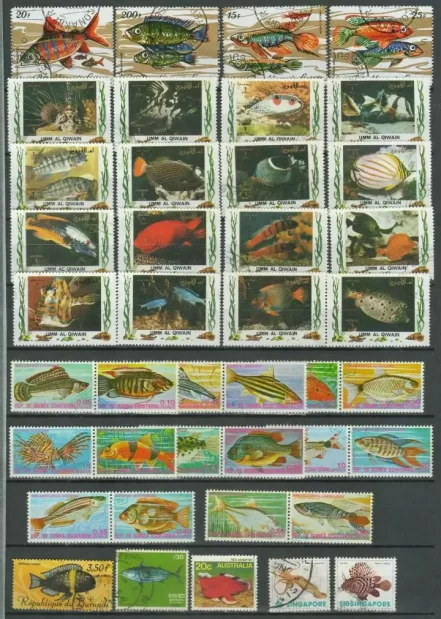
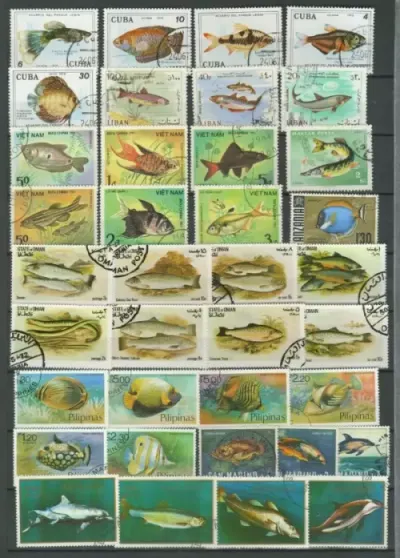

Reviews
There are no reviews yet.